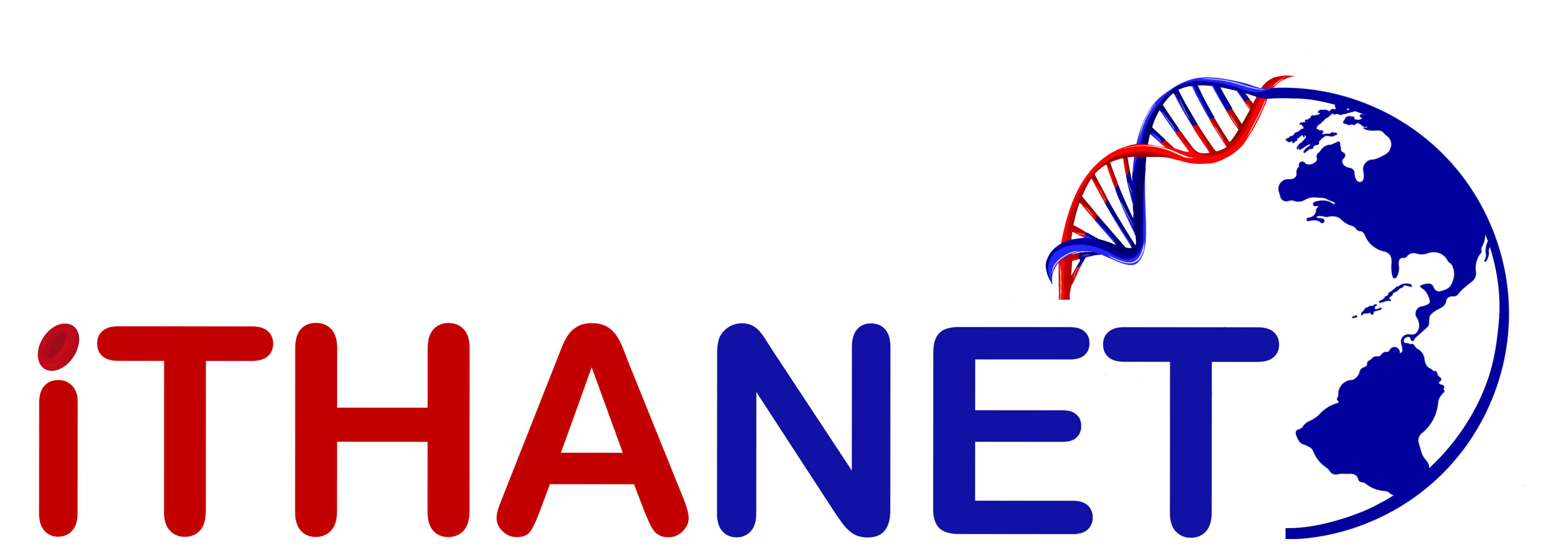IthaID: 2858
Names and Sequences
| Functionality: | Disease modifying mutation | Pathogenicity: | N/A |
|---|---|---|---|
| Common Name: | rs2070959 | HGVS Name: | NG_002601.2:g.108802A>G |
We follow the
HGVS sequence variant nomenclature
and
IUPAC standards.
Context nucleotide sequence:
GGGTTTTCCGTGTTCCCTGGAGCAT [A/G] CATTCAGCAGAAGCCCAGACCCTGT (Strand: +)
Protein sequence:
MACLLRSFQRISAGVFFLALWGMVVGDKLLVVPQDGSHWLSMKDIVEVLSDRGHEIVVVVPEVNLLLKESKYYTRKIYPVPYDQEELKNRYQSFGNNHFAERSFLTAPQTEYRNNMIVIGLYFINCQSLLQDRDTLNFFKESKFDALFTDPALPCGVILAEYLGLPSVYLFRGFPCSLEHAFSRSPDPVSYIPRCYTKFSDHMTFSQRVANFLVNLLEPYLFYCLFSKYEELASAVLKRDVDIITLYQKVSVWLLRYDFVLEYPRPVMPNMVFIGGINCKKRKDLSQEFEAYINASGEHGIVVFSLGSMVSEIPEKKAMAIADALGKIPQTVLWRYTGTRPSNLANNTILVKWLPQNDLLGHPMTRAFITHAGSHGVYESICNGVPMVMMPLFGDQMDNAKRMETKGAGVTLNVLEMTSEDLENALKAVINDKSYKENIMRLSSLHKDRPVEPLDLAVFWVEFVMRHKGAPHLRPAAHDLTWYQYHSLDVIGFLLAVVLTVAFITFKCCAYGYRKCLGKKGRVKKAHKSKTH
Comments: SNP associated with risk of cholelithiasis and variation in bilirubin levels in the Cooperative Study of Sickle Cell Disease (CSSCD; n=1117). The association with bilirubin levels was replicated in three independent studies, namely, the Pulmonary Hypertension and Sickle Cell Disease with Sildenafil Therapy (Walk-PHaSST; n=522), the Outcome Modifying Genes study (n=530) and the SITT silent cerebral infarct trial (n=905). This SNP overlaps the UGT1A6, UGT1A7, UGT1A8, UGT1A9 and UGT1A10 genes within the UGT1A locus. The UGT1A6 polymorphism also associated with the therapeutic response to deferiprone in individuals from India with β-thalassemia major (n=286).
External Links
Phenotype
| Allele Phenotype (Cis): | N/A |
|---|---|
| Allele Phenotype (Trans): | N/A |
| Associated Phenotypes: |
Gallstones [HP:0001081] [OMIM:600803] Bilirubin levels Response to deferiprone |
Location
| Chromosome: | 2 |
|---|---|
| Locus: | NG_002601.2 |
| Locus Location: | 108802 |
| Size: | 1 bp |
| Located at: | UGT1A10, UGT1A6 |
| Specific Location: | Exon 1 |
Other details
| Type of Mutation: | Point-Mutation(Substitution) |
|---|---|
| Effect on Gene/Protein Function: | Missense codons (Protein Structure) |
| Ethnic Origin: | African American, Indian |
| Molecular mechanism: | N/A |
| Inheritance: | Quantitative trait |
| DNA Sequence Determined: | Yes |
In silico pathogenicity prediction
Sequence Viewer
Publications / Origin
- Milton JN, Sebastiani P, Solovieff N, Hartley SW, Bhatnagar P, Arking DE, Dworkis DA, Casella JF, Barron-Casella E, Bean CJ, Hooper WC, DeBaun MR, Garrett ME, Soldano K, Telen MJ, Ashley-Koch A, Gladwin MT, Baldwin CT, Steinberg MH, Klings ES, A genome-wide association study of total bilirubin and cholelithiasis risk in sickle cell anemia., PLoS ONE , 7(4), e34741, 2012 PubMed
- Dadheech S, Rao AV, Shaheen U, Hussien MD, Jain S, Jyothy A, Munshi A, Three most common nonsynonymous UGT1A6*2 polymorphisms (Thr181Ala, Arg184Ser and Ser7Ala) and therapeutic response to deferiprone in β-thalassemia major patients., Gene , 531(2), 301-5, 2013 PubMed
